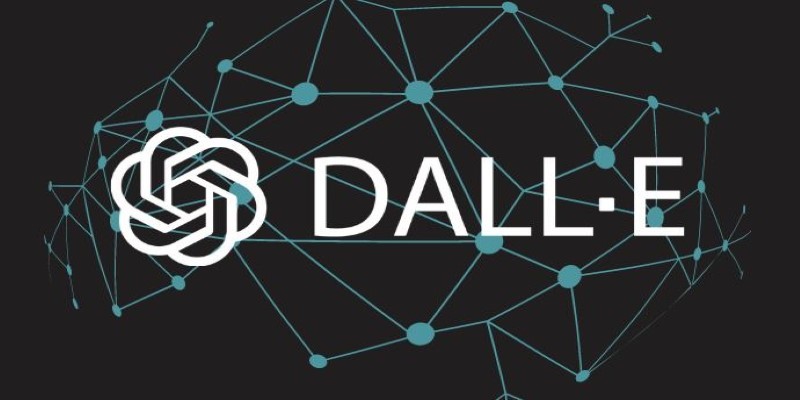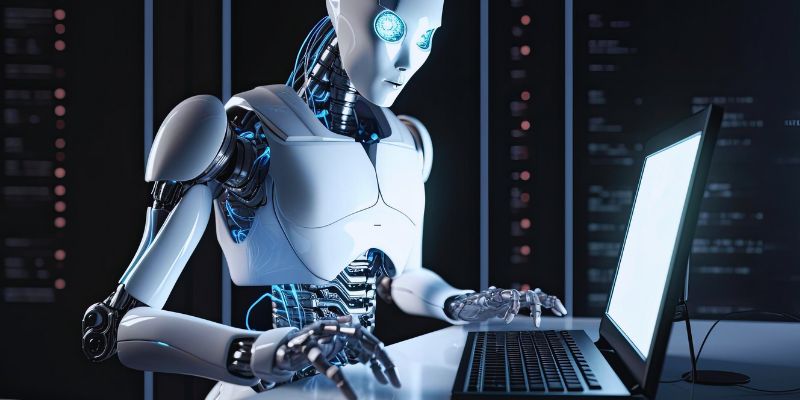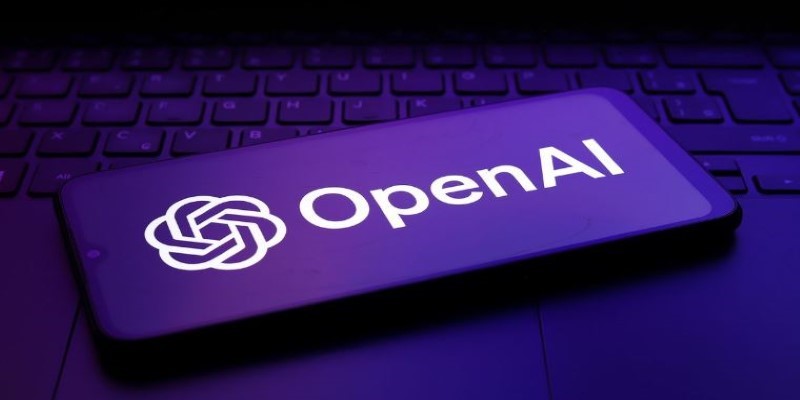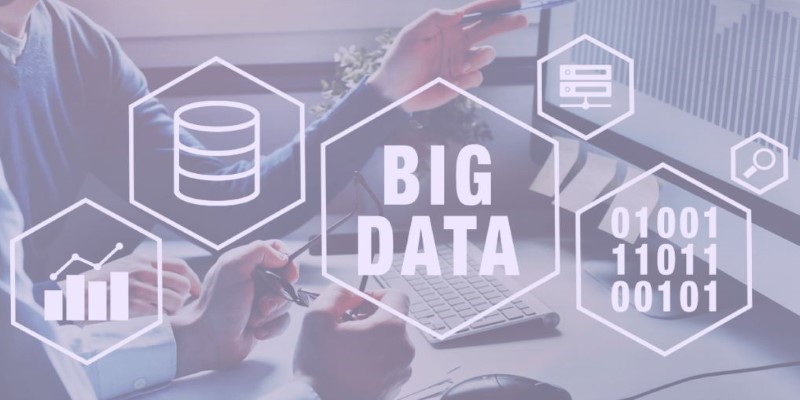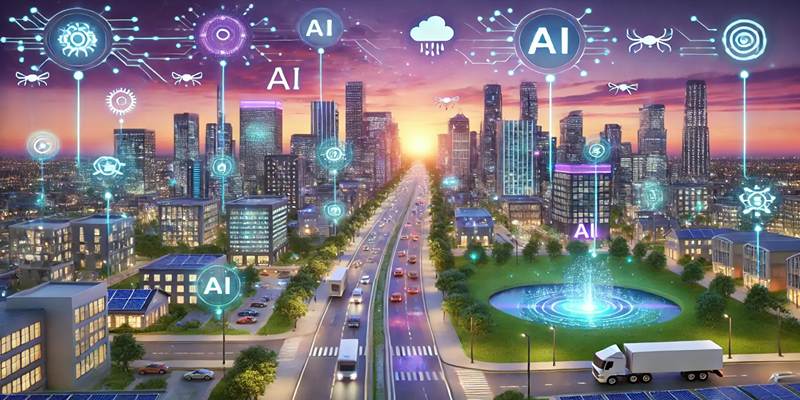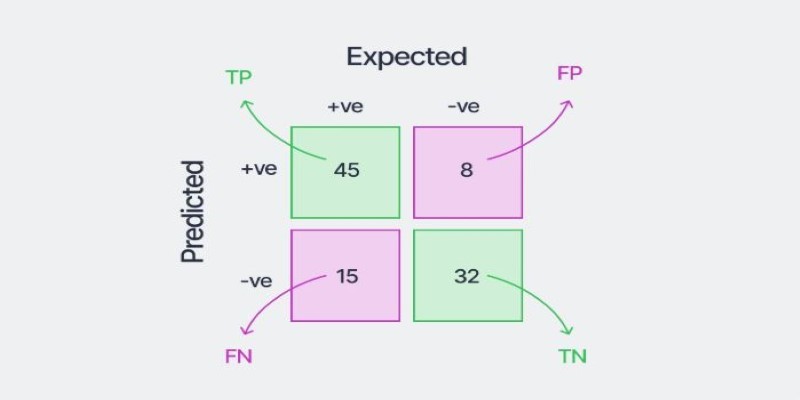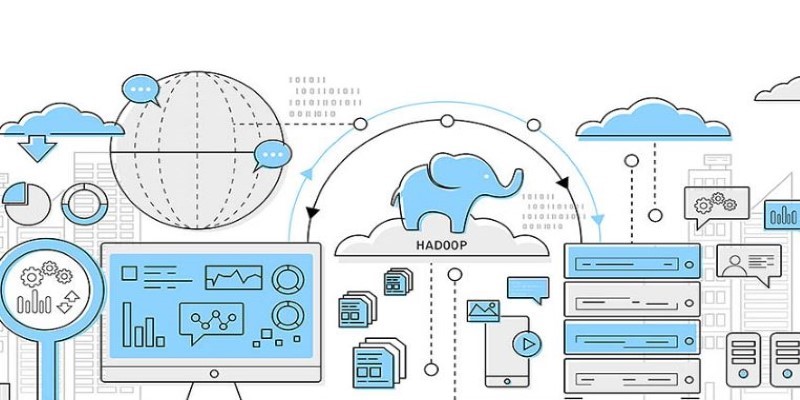OpenAI is transforming the way we interact with technology, pushing the boundaries of what artificial intelligence can do. From answering questions to generating artwork, this innovative company has brought AI into the mainstream. Founded by tech leaders like Elon Musk and Sam Altman, OpenAI's mission is to create AI that benefits everyone without falling into the hands of a few.
Whether through its high-capacity language models or its innovative image generators, OpenAI is opening doors to a future in which machines can collaborate with humans, driving creativity, productivity, and problem-solving to new and unimagined levels.
The Origins and Mission of OpenAI
OpenAI began as a visionary endeavor to make artificial intelligence available and useful to humanity. It was founded in 2015 by a team of prominent tech entrepreneurs, including Elon Musk, Sam Altman, and Greg Brockman. OpenAI began as a nonprofit research facility dedicated to developing AI ethically. The aim was straightforward but profound—to make artificial intelligence useful for everyone, not merely a privileged few.
Right from the outset, OpenAI prioritized responsibility and transparency when it came to AI use. Unlike other traditional tech firms, which keep their innovations close for competitive purposes, OpenAI made it its intention to share the world with its research. OpenAI evolved into a for-profit entity over time in order to raise the financing required for scaled-up AI work. This opened the doors to OpenAI, enabling it to create advanced capabilities such as GPT-3, GPT-4, and DALL·E that have transformed what is possible using artificial intelligence.
OpenAI's purpose continues to be promoting artificial intelligence while upholding ethical standards. The organization's main goal is to prevent AI from falling into the wrong hands or being controlled by a few entities. Rather, OpenAI aims to develop human-aligned AI systems that guarantee safety, fairness, and accessibility.
How OpenAI’s Technology Works?
OpenAI’s technology is rooted in deep learning, a subset of machine learning that enables AI models to understand, generate, and manipulate text, images, and code. The core of OpenAI’s innovation lies in its language models, particularly the Generative Pre-trained Transformers (GPT) series. These models are trained on vast amounts of text data, allowing them to generate human-like responses, summarize complex topics, and even write coherent articles.
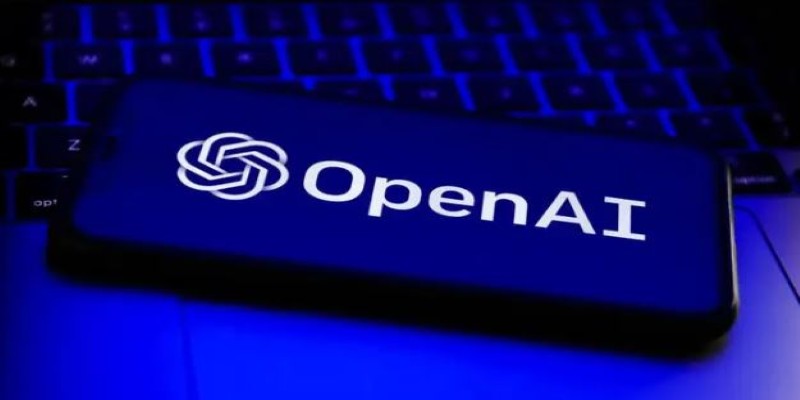
The process behind these models is intricate but fascinating. OpenAI trains its AI using billions of words from books, articles, websites, and other sources. This training helps the AI learn patterns in language, allowing it to respond contextually to questions and prompts. However, AI models don’t “think” in the way humans do; they predict words and phrases based on probabilities derived from their training data.
Beyond language processing, OpenAI has also developed AI systems for image generation and code automation. DALL·E, for example, is an AI model capable of creating images from text descriptions, while Codex assists programmers by generating and correcting code snippets. These innovations highlight OpenAI’s ability to expand beyond text-based AI, influencing creativity and productivity in various fields.
The practical applications of OpenAI's technology span multiple industries. In healthcare, AI-powered models assist in medical research and diagnosis. In business, they enhance customer support and content creation. Even the education sector benefits from AI, as it helps students and teachers with tutoring, grading, and learning support. The wide-ranging capabilities of OpenAI's tools demonstrate how artificial intelligence is becoming an integral part of everyday life.
The Ethical Challenges OpenAI
With great innovation comes great responsibility, and OpenAI faces several ethical challenges as it continues to develop advanced AI systems. One of the biggest concerns is bias in AI models. Since AI learns from data, it can sometimes adopt the biases present in that data. OpenAI has made efforts to reduce such biases, but eliminating them remains an ongoing challenge.
Another pressing issue is AI safety. As AI becomes more powerful, the potential for misuse increases. Deepfake technology, misinformation, and automated cyber threats are just some of the risks that arise from AI advancements. OpenAI actively works to make its models safer by implementing content filters and refining ethical guidelines. However, balancing innovation with safety is a continuous struggle in AI development.
Data privacy is another concern. AI models rely on extensive datasets to function effectively, but ensuring that these datasets do not violate user privacy is a challenge. OpenAI takes measures to avoid using personally identifiable information in its training data, yet questions about data security and responsible AI use persist.
Future of OpenAI
Looking ahead, OpenAI is focused on developing even more advanced AI systems while maintaining a strong emphasis on ethical considerations. The company’s research into artificial general intelligence (AGI) envisions a future where AI can perform tasks across various fields with human-like adaptability. Although AGI remains theoretical, OpenAI’s progress in this area could revolutionize technology in ways we can only imagine.

Furthermore, OpenAI is committed to collaborating with governments, businesses, and researchers to shape global AI policies. With AI's rapid evolution, it is crucial to establish regulatory frameworks that ensure responsible development and use. OpenAI's dedication to transparency and public involvement in these discussions will likely play a significant role in influencing AI regulations and helping steer AI advancements toward ethical and beneficial outcomes.
Conclusion
OpenAI has become a transformative force in artificial intelligence, driving innovation in language processing, image generation, and more. From its humble beginnings as a nonprofit research lab, OpenAI has grown into a leader in the AI field, influencing various industries and reshaping human-machine interactions. While the company’s advancements offer immense potential, challenges around bias, safety, and ethical AI use remain ongoing concerns. Looking ahead, OpenAI will continue to shape the future of AI, emphasizing transparency, safety, and responsible development. As AI becomes an integral part of daily life, OpenAI’s impact will play a crucial role in determining its future trajectory.
